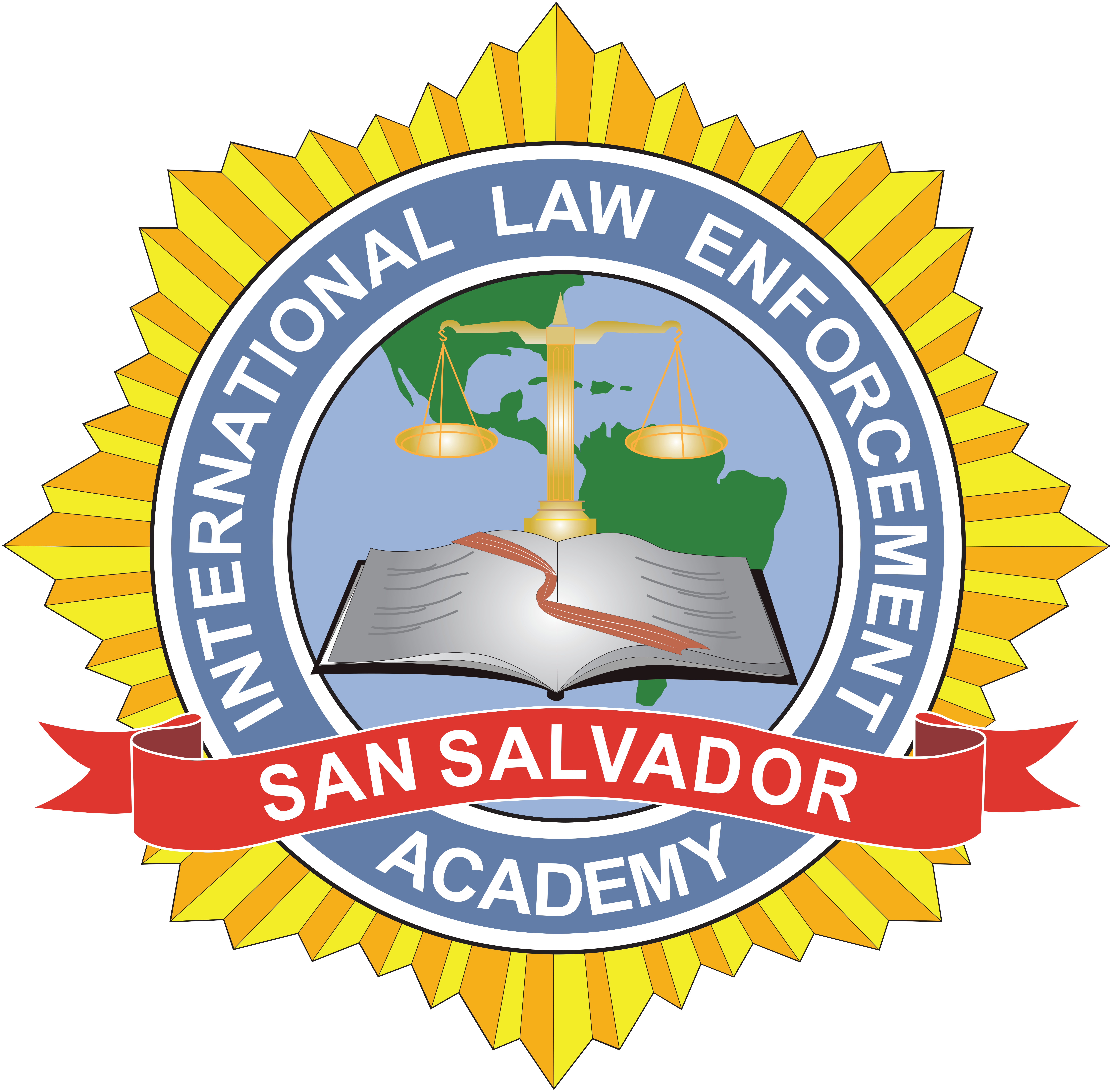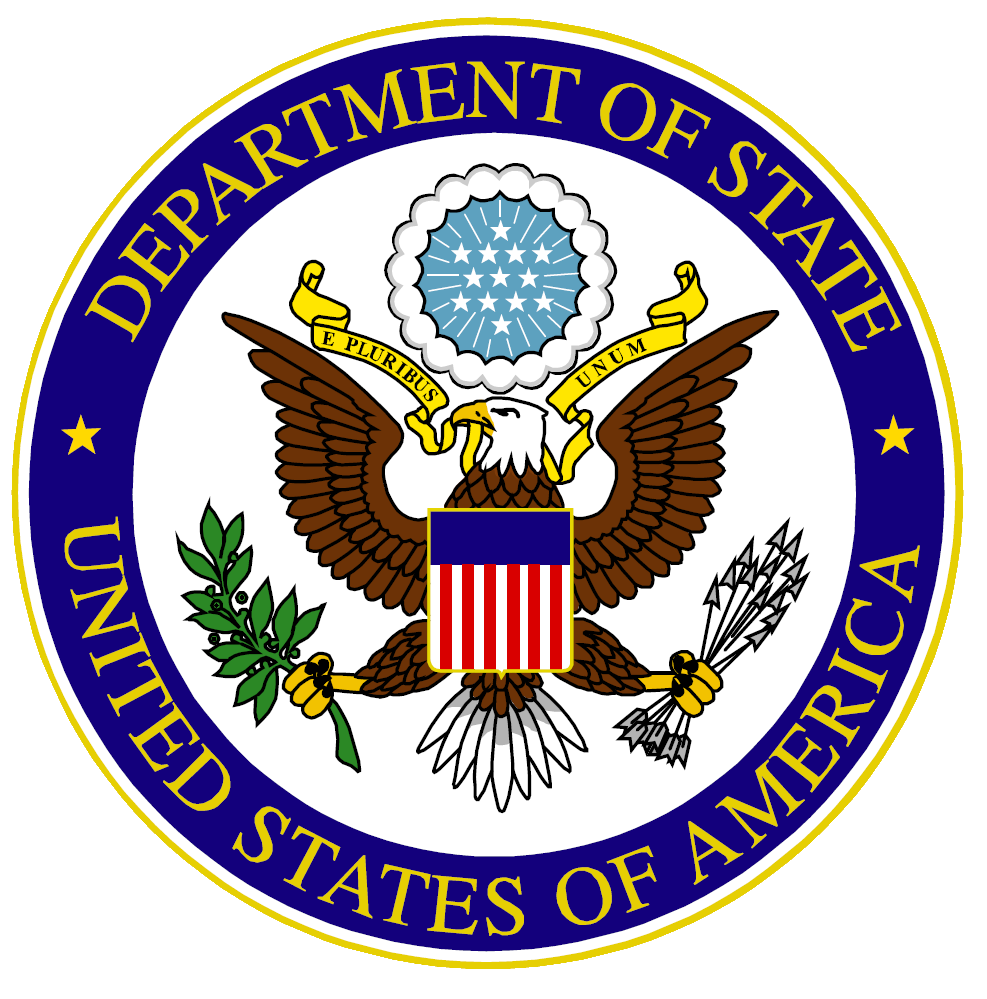Our Academy
Mission
The mission of ILEA is to strengthen democratic governance of participant countries world-wide and increase social, political and economic stability by combating transnational organized crime through international cooperation.
Program objectives
- Provide high quality training and technical assistance to support institution capacity building with an emphasis on democracy, human rights and rule of law.
- Foster relationships between foreign law enforcement entities and their US counterparts to assist in protecting American citizens and businesses through strengthened international cooperation.
- Facilitate strengthened partnerships among countries served by the ILEAs to address common threats associated with domestic and international criminal activity.
History and background
Speaking before the United Nations General Assembly at its 50th Anniversary on October 22, 1995, then-President Clinton called for the establishment of a network of International Law Enforcement Academies (ILEAs) throughout the world to combat international drug trafficking, criminality, and terrorism through strengthened international cooperation.
Now, years later, the United States and participating nations have moved ahead with the establishment of ILEAs to serve four regions: Europe, Africa, South America and Asia.
The ILEAs serve a broad range of foreign
policy and law enforcement purposes for the United States and for the
world. In addition to helping protect American citizens and businesses
through strengthened international cooperation against crime, the ILEAs'
mission is to buttress democratic governance through the rule of law;
enhance the functioning of free markets through improved legislation and
law enforcement; and increase social, political, and economic stability
by combating narcotics trafficking and crime.
To reach these goals, the ILEAs conduct activities designed to realize the following objectives:
- Support regional and local criminal justice institution building and law enforcement.
- Facilitate strengthened partnerships among countries in regions served by the ILEAs aimed at addressing problems of drugs and crime.
- Provide high-quality training and technical assistance in formulating strategies and tactics for foreign law enforcement personnel.
- Improve coordination, foster cooperation, and, as appropriate, facilitate harmonization of law enforcement activities within regions, in a manner compatible with U.S. interests.
- Foster cooperation by foreign law enforcement authorities with U.S. law enforcement entities engaged in organized crime and other criminal investigations.
- Assist foreign law enforcement entities in the professionalization of their forces in a cost-effective manner.
- Build linkages between U.S. law enforcement entities and future criminal justice leadership in participating countries, and among regional participants with one another.
ILEA San Salvador
The ILEA San Salvador is located at Calle El Pedregal and Boulevard Cancillería in Antiguo Cuscatlán, La Libertad.
The
project began in 1997 when the need of implementing an Academy in Latin
America to help combat transnational crime was conceived.
ILEA San
Salvador became a reality on September 20th, 2005 with the bilateral
agreement between United States of America and El Salvador. The
Agreement was subsequently ratified by the National Assembly on November
30, 2005 and the ILEA in San Salvador was officially opened.
On February 7th of 2008 Ambassador
Charles L. Glaser along with the Minister of Justice and Public Security
René Figueroa presented the design of the ILEA building in San
Salvador.
The first ILEA facility was established in Budapest,
Hungary in 1995. It was followed by the academy in Bangkok, Thailand in
1999 and another opened on Gaborone, Botswana on 2001. The Post-Graduate
Academy was established on 2001 in Roswell, New Mexico, U.S.A.

About El Salvador
El Salvador has been characterized as a country that has been able to cope with different situations such as wars and the Spanish conquest, and has been inhabited, since ancient times, by Pipil tribes, the Lenca and the Maya. Central America gained its independence from Spain, in 1821, and organized itself as a federation in 1824. After a short war, El Salvador established its own constitution.
Our country is located in Central America. It is bordered to the north and west by Guatemala, north and east with Honduras, to the south and west with the Pacific Ocean. Most of the territory is crossed by ranges of volcanoes, the highest of which are: Santa Ana with 2,365 meters, San Vicente with 2,182 meters and San Salvador with 1,943 meters. As a result of the volcanic activity, the soil has a thick layer of ash and lava, which make it very fertile for crops such as coffee, which has been our main export product to date.
Its tourist routes include the archaeological route, which offers a close up view of one of the most advanced ancient cultures of humanity: the Maya. This route includes ruins that let visitors travel in time. The Route of the flowers, which includes a journey along the Apaneca and Ilamatepec range, between the departments of Ahuachapan and Sonsonate, in the western part of the country, allows visitors to enjoy a pleasant cool weather, sites filled with traditions and history, and unique gastronomy.
In addition, there is the Route of the Peace, which provides a mixture of history and culture and views of the main areas of fighting at the time of the armed conflict in the 1980s. Adventure and ecotourism can be enjoyed as well as. The Sun and Beach Route lies on the Pacific coast of El Salvador, which offers visitors more than 300 kilometers of beautiful beaches; among them, two of the best spots in the world for surfing: El Sunzal and Punta Roca. Because of the quality of its waves, there are other places where you will also enjoy this sport throughout the Salvadoran territory, in its more than 45 wonderful beaches.
The city of San Salvador, in addition to being the capital of the country, has grown and become a tourist region that has a large number of places, squares, museums and a great number of parks that become landmarks at international level.

